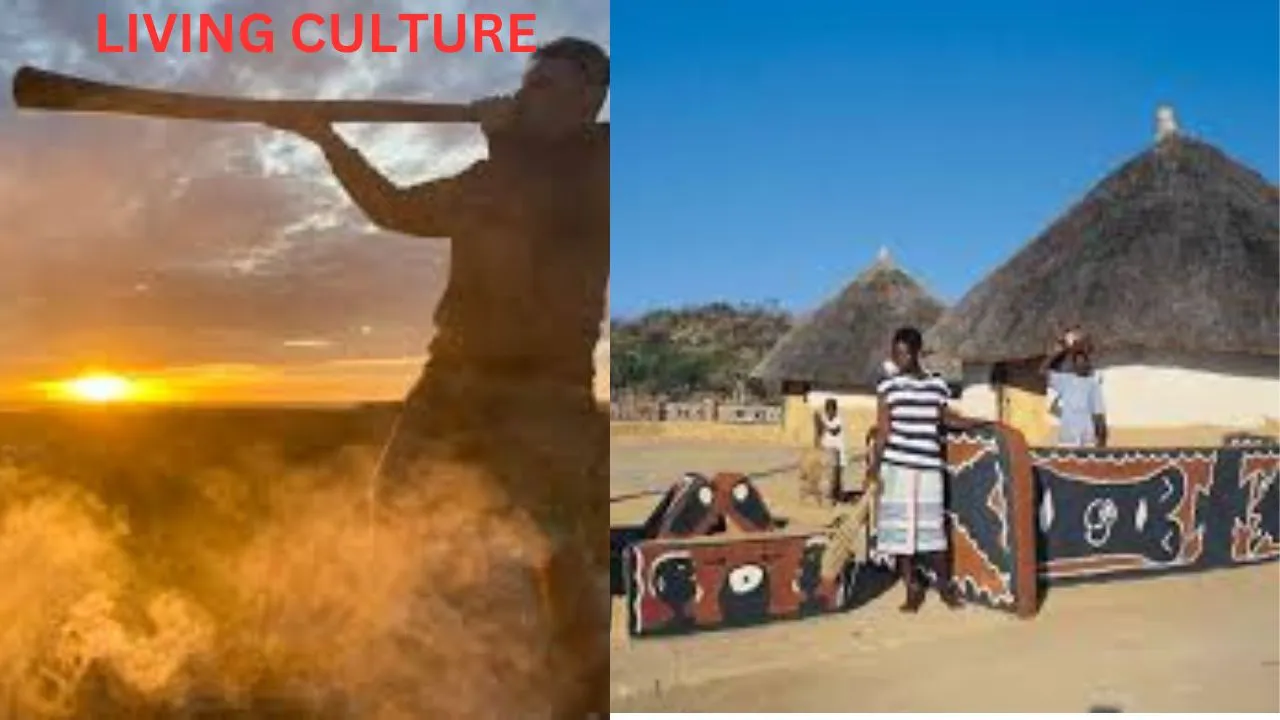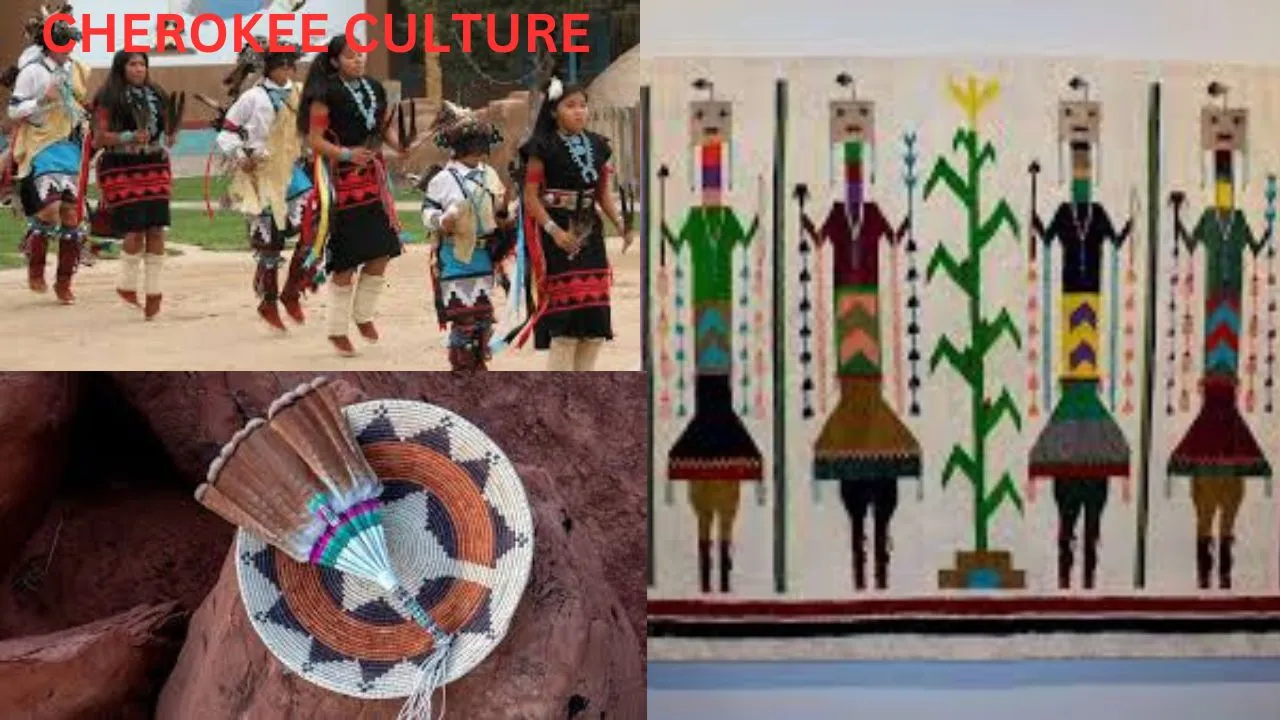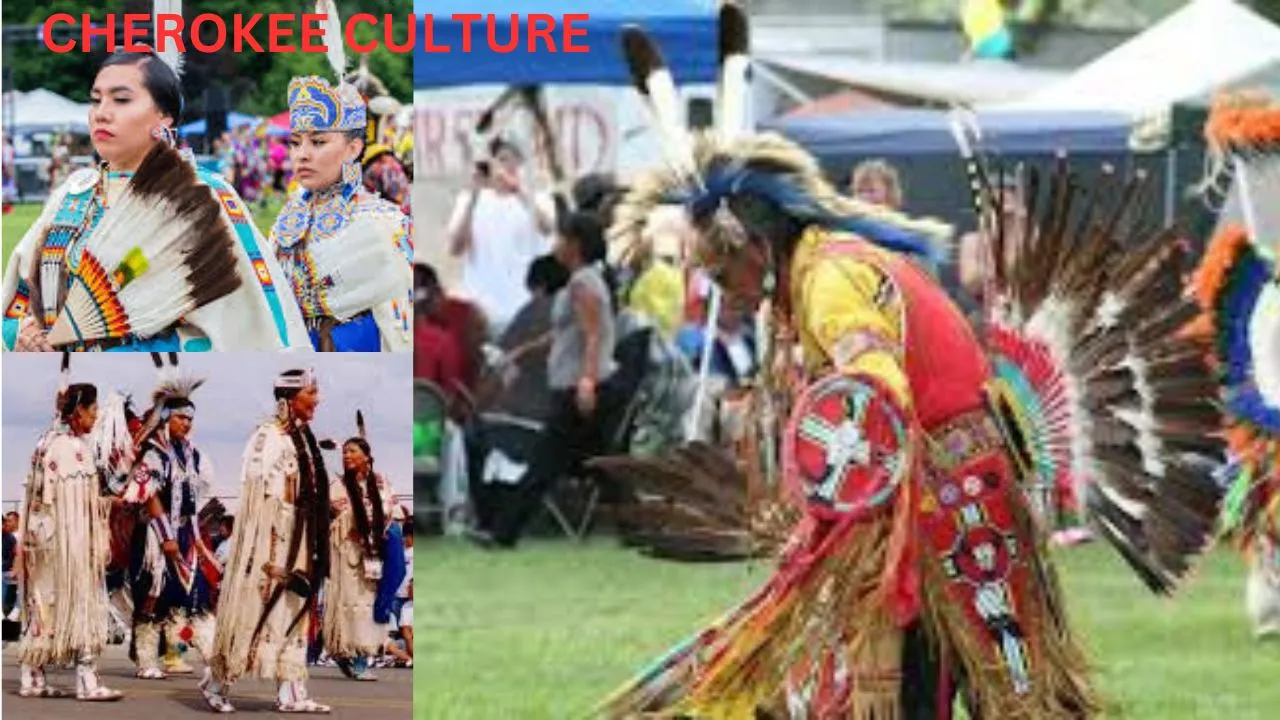
cherokee culture
Admin
- 0
The Cherokee culture is a vibrant and rich heritage that has shaped the lives of the Cherokee people for centuries. With its deep-rooted traditions, distinctive cuisine, fascinating facts, unique clothing, and expressive language, Cherokee culture has left an indelible mark on history. In this article, we will explore the various facets of Cherokee culture, from its traditions and food to its language and clothing.
Cherokee Culture Traditions
- The traditions of the Cherokee people are deeply rooted in their connection to the land and the spirits that inhabit it. One of the key traditions is the Green Corn Ceremony, a sacred celebration held each year to honor the new corn crop and give thanks for the abundance of food. During this ceremony, the Cherokee people come together to offer prayers, sing songs, and partake in traditional dances.
- Another important tradition is the Stomp Dance, which is a lively and energetic dance performed as a way to connect with the spiritual world. This dance involves a rhythmic stomping of the feet to the beat of drums, accompanied by the chanting of sacred songs.
- These traditions are just a glimpse into the rich tapestry of Cherokee culture, which has been passed down through generations and continues to thrive today.
Cherokee Culture Food
The cuisine of the Cherokee people is a reflection of their connection to the land and their reliance on natural resources. Traditional Cherokee dishes are often simple yet hearty, making use of ingredients that were readily available in their environment.
One iconic dish is frybread, which is made by frying a simple dough mixture. It is often served with various toppings such as beans, meat, and cheese, making it a versatile and delicious staple of Cherokee cuisine.
Another traditional dish is hominy soup, which is made from dried corn kernels that have been treated with an alkaline solution, giving them a unique flavor and texture. This soup is often cooked with meat and vegetables, creating a hearty and flavorful meal.
Cherokee cuisine embraces the idea of sustenance and nourishment, with an emphasis on using natural and wholesome ingredients.
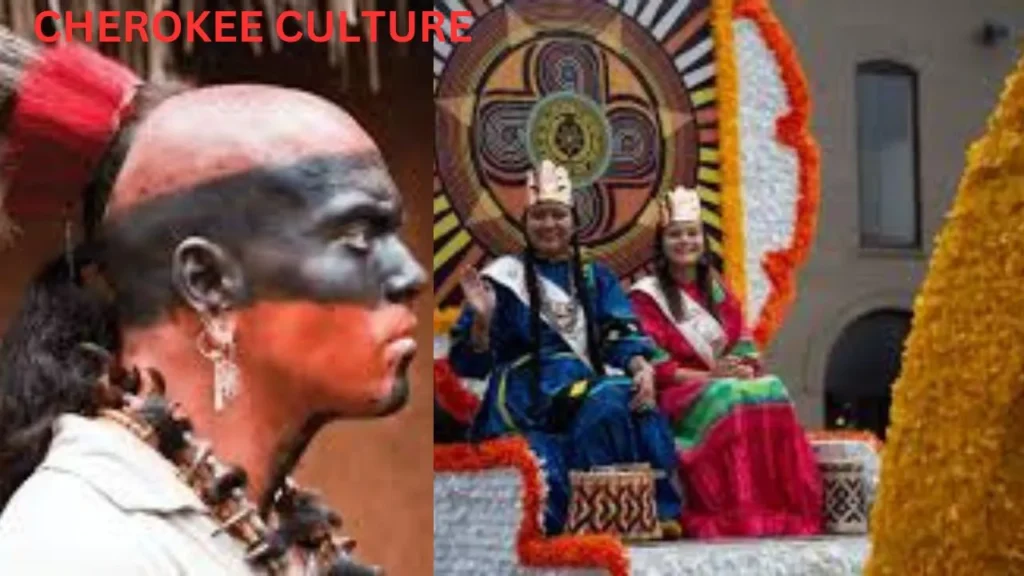
Cherokee Culture Facts
- There are several fascinating facts about Cherokee culture that highlight its rich history and enduring legacy. One interesting fact is that the Cherokee Nation is one of the oldest Native American tribes still in existence today. The Cherokee people have a proud history dating back thousands of years.
- Additionally, the Cherokee Nation had a written language long before many other tribes. Sequoyah, a Cherokee silversmith, created the Cherokee syllabary in the early 19th century, enabling the Cherokee people to read and write in their own language.
- The Cherokee culture has also been instrumental in shaping the United States. The Cherokee Nation played a significant role in the development of the Cherokee Phoenix, the first newspaper published by Native Americans in the United States.
- These facts highlight the resilience and influence of the Cherokee people throughout history.
Cherokee Culture Clothing
The clothing of the Cherokee people is a beautiful reflection of their heritage and traditions. Traditionally, Cherokee women would wear long skirts called tear dresses, which were made from colorful calico fabric and adorned with intricate beadwork and ribbon
Men would often wear breechcloths, leggings, and moccasins, along with shirts made from animal hides. These garments were not only practical but also served as a visual representation of the Cherokee people’s connection to nature.
Today, traditional Cherokee clothing is still worn on special occasions and cultural events, showcasing the pride and appreciation for their rich cultural heritage.
Cherokee Culture Language
The Cherokee language, known as Tsalagi, is an integral part of the Cherokee culture. It is a complex and expressive language that has been passed down through generations. The Cherokee syllabary, created by Sequoyah, plays a crucial role in preserving and teaching the language.
The Cherokee people take great pride in their language and work to ensure its survival. Efforts are made to teach the language in schools, and various resources are available for those interested in learning Cherokee.
Preserving the Cherokee language is vital in keeping the culture alive and allowing future generations to connect with their roots.
Cherokee Cuisine: A Taste of Tradition
Cherokee cuisine is not just about the food itself but also about the experience and connection it brings. Each dish tells a story and carries the flavors of tradition and history. From savory stews to sweet treats, every bite is a taste of Cherokee culture.
One famous Cherokee dish is bean bread, a hearty cornbread made with pinto beans and a touch of sweetness. This dish is not only delicious but also showcases the resourcefulness of the Cherokee people, who made use of the ingredients available to them.
Another beloved dish is wild game stew, which often features venison, rabbit, or squirrel, combined with aromatic vegetables and herbs. This stew is a celebration of the abundant wildlife that surrounded the Cherokee people and sustained them for generations.
By savoring Cherokee cuisine, you are not only indulging in delectable flavors but also paying homage to the rich traditions and culture that have shaped the Cherokee people.
How Old is the Cherokee Culture?
The Cherokee culture is ancient, with a history that stretches back thousands of years. The Cherokee people have inhabited the southeastern United States for millennia, with evidence of their presence dating as far back as 1000 BCE.
Throughout the centuries, the Cherokee culture has evolved and adapted, while still maintaining its core values and traditions. The resilience of the Cherokee people has allowed their culture to endure and thrive in the face of adversity.
Today, the Cherokee culture continues to be celebrated and honored, preserving the legacy of their ancestors and providing a strong foundation for future generations.
What is the Culture of the Cherokee?
- The culture of the Cherokee is a tapestry of traditions, customs, and beliefs that have been passed down through generations. At its core, Cherokee culture emphasizes a deep reverence for nature, a strong sense of community, and a spiritual connection to the land.
- The Cherokee people have a profound respect for the earth and all living beings. They believe in the interconnectedness of all things and strive to live in harmony with the world around them.
- Community is also a central pillar of Cherokee culture. The Cherokee people value unity and support, working together to ensure the well-being of their tribe. This sense of community can be seen in their ceremonies, dances, and other cultural events.
- Spirituality is an integral part of Cherokee culture. The Cherokee people believe in the existence of both good and evil spirits and seek to maintain a balanced relationship with them through rituals and ceremonies.
- The culture of the Cherokee is a vibrant and multifaceted tapestry that weaves together tradition, values, and a deep-rooted connection to the land.
What did the Cherokee Nation do?
The Cherokee Nation, one of the largest Native American tribes in the United States, has played a significant role in shaping the history of the country. Over the centuries, the Cherokee Nation has faced numerous challenges and obstacles, yet they have persevered and made lasting contributions to society.
One notable accomplishment of the Cherokee Nation was the establishment of a centralized government. In 1827, the Cherokee Nation adopted a constitution that provided for a democratic system of governance, complete with an executive, legislative, and judicial branch.
The Cherokee Nation also had a strong agricultural system, cultivating crops such as corn, beans, and squash. They developed sophisticated farming techniques and took great pride in their agricultural heritage.
Furthermore, the Cherokee Nation has made significant contributions to the arts, literature, and education. Cherokee artists have created stunning works that reflect their culture and traditions, while Cherokee authors have shared their stories and insights with the world.
The Cherokee Nation’s impact extends far beyond their own community, leaving an indelible mark on the history and culture of the United States as a whole.
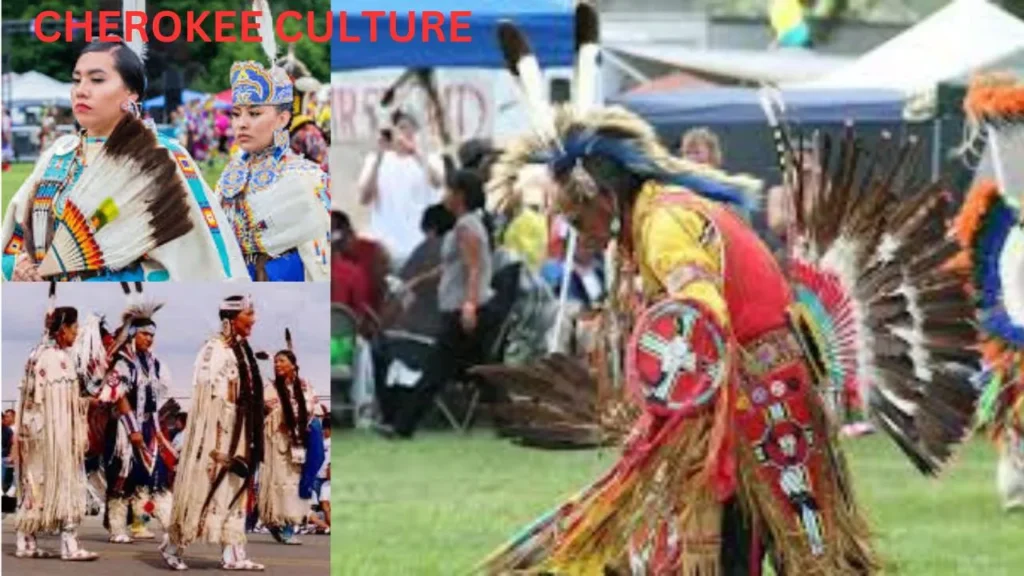
What did the Cherokee eat?
The Cherokee people relied on a variety of foods for their sustenance. Their diet consisted of both cultivated crops and wild game, providing a diverse and nutritious selection of foods.
One of the staple crops of the Cherokee people was corn. They cultivated several varieties of corn, which served as a vital source of carbohydrates and nutrients. Corn was used in various dishes, including cornbread, soups, and stews.
In addition to corn, the Cherokee people also cultivated beans and squash. These crops were known as the “Three Sisters” and were often grown together due to their beneficial companion planting qualities. The combination of corn, beans, and squash provided a well-rounded source of proteins, carbohydrates, and vitamins.
As for wild game, the Cherokee people hunted deer, turkey, and small game such as rabbits and squirrels. These animals provided a valuable source of protein and were often prepared in stews or roasted over an open fire.
The Cherokee people had a deep respect for nature and practiced sustainable hunting and gathering methods, ensuring the preservation of their food sources.
Conclusion
The Cherokee culture is a treasure trove of traditions, food, facts, clothing, and language, all woven together to create a rich and vibrant heritage. From the ancient traditions that continue to be celebrated today to the delicious flavors of Cherokee cuisine, the culture of the Cherokee people offers a glimpse into a world shaped by history and unity.
Preserving and celebrating Cherokee culture is essential to understanding and appreciating the unique contributions of the Cherokee people to the tapestry of American history. By exploring the traditions, sampling the cuisine, and learning about the language and clothing, we can honor the legacy of the Cherokee and ensure that their culture remains alive for generations to come.
